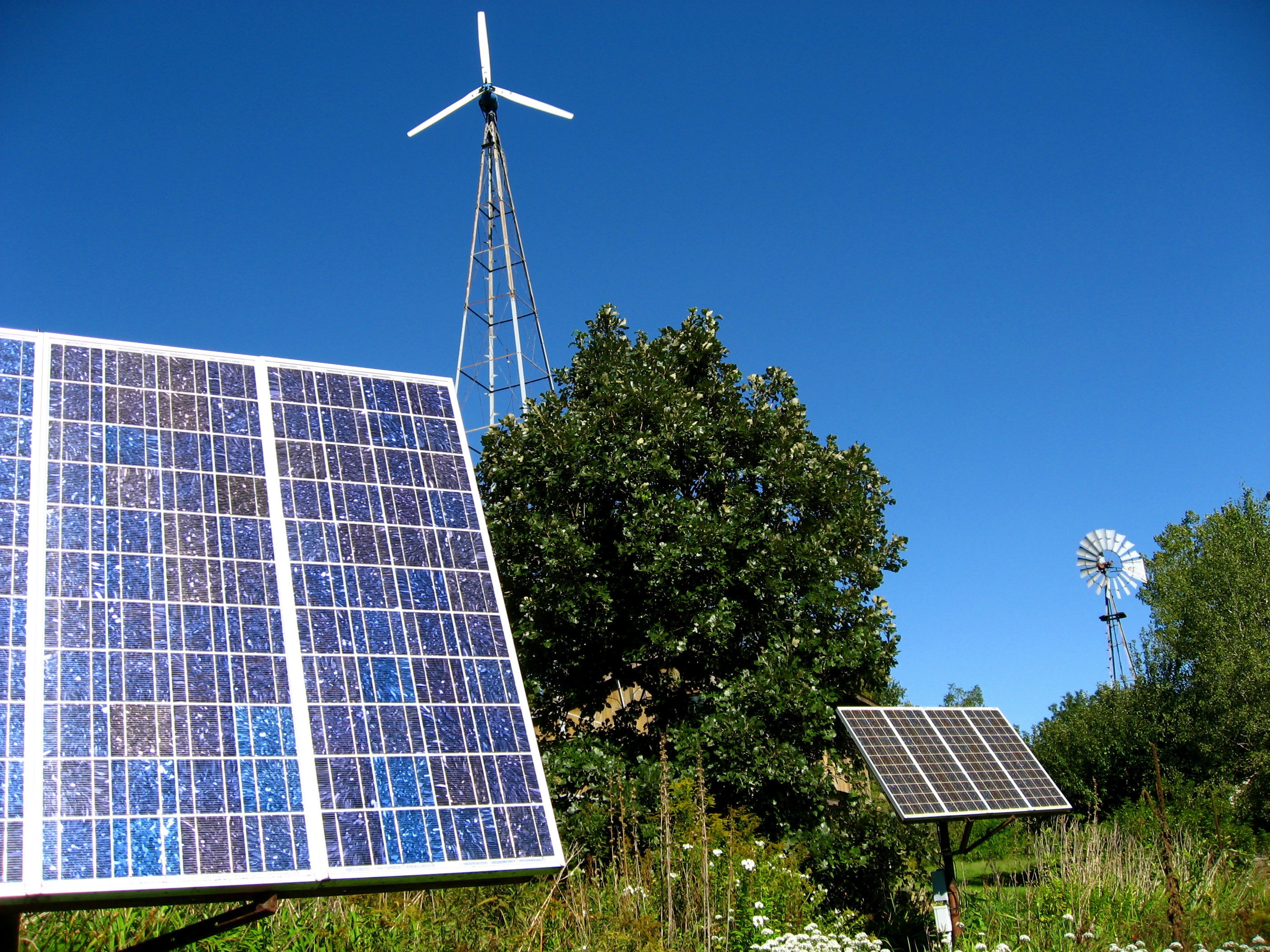Labor market is enduring the Corona pandemic reasonably
Despite the economic shock of the Covid-19 pandemic, job opportunities are generally good for graduates entering the job market over the next six years. More than 2 million job openings are expected by 2026. This is offset by an influx of 1.6 million new graduates. The job opportunities differ greatly between disciplines, with the best opportunities in technology, care and education. This is apparent from the report 'The labor market by education and profession until 2026' by the Research Center for Education and the Labor Market (ROA) of Maastricht University.
Less economic growth than expected before the pandemic
“Euphoria is currently prevalent in the labor market and the prognosis is generally still good,” says research leader and director of the ROA Didier Fouarge. “Although the Dutch economy is recovering well after the Covid-19 pandemic, the labor market forecasts are less favorable than before the outbreak of the pandemic.” The demand for new staff in the medium term is mainly driven by replacement of leaving staff and not so much by job growth. Almost 90% of all job openings are determined by this replacement demand.
Bottlenecks in technology, care and education will persist in the coming years
Until 2026, employers will continue to experience major bottlenecks in the recruitment of personnel in technology, care and education. Fouarge: “We have seen the shortage in healthcare and education for years, just like the shortage in the technical professions. This will not diminish in the coming years. This will certainly not reduce the workload.” The shortage in technology continues. “Apparently the message that technology, from MBO level, is doing well, is not yet sufficiently received by prospective students,” says Fouarge. Construction is now flourishing, but we foresee a leveling off in economic growth in the coming year. As a result, it is expected that the bottlenecks in the provision of personnel in the cyclical construction sector will decrease in the coming years.
Less favorable prospects for economics and society study field
The best labor market prospects are for the higher educated. The prospects for graduates of economics and social studies are less favorable, across all levels of education. In absolute numbers, many job openings are expected for business economics and administrative professions, as well as in service professions, commercial professions and professions in transport and logistics. But there is also a lot on offer. This mainly means that graduates in these fields will have to search longer for a job or will receive less favorable working conditions, for example a lower salary or only a temporary contract. Fouarge indicates that “the large differences in expected employment opportunities between disciplines show that it is desirable that more attention is paid to the labor market opportunities of courses in study and career orientation at school”.
Labor market forecasts up to 2026 surrounded by more uncertainty due to Covid-19 pandemic
The current pandemic is creating uncertainty. The CPB has recently revised its economic forecasts upwards. “We have calculated a less favorable scenario for our forecasts than the most recent CPB forecasts, especially for the next 2 years, but we do not expect the difference to provide a significantly different picture,” said Fouarge. “During the crisis, we looked at the development in the demand for labor in relation to our forecasts. Because our forecasts focus on the medium term, long term trends play a major role in the outcomes. The effects of a small adjustment in the short-term forecasts are small. In the medium term, not only current economic growth will play a role, but also structural trends in supply and demand, such as automation, the flexible shell, skills upgrading and the effects of a higher retirement age. In that regard, we do not yet know what the impact of the pandemic will be on these kinds of trends in the labor market.”
Click here for the full report (in Dutch)
Also read
-
If you start working less, it will also affect pension accrual. You will have less to spend after you retire. Employees do not give this enough thought.
-
Fossil subsidies undermine climate policy, says Patrick Huntjens and other colleagues in an opinion article.
-
Obligation for energy label C for offices seems to have desired effect


